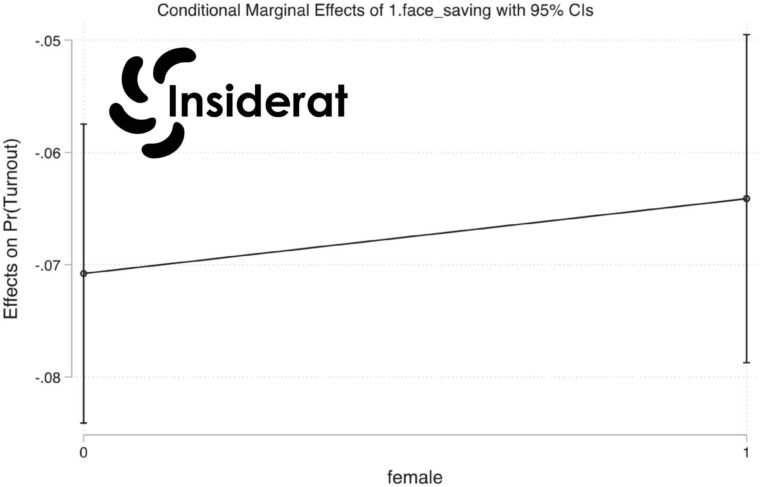which correctly describes the current gender gap in voter turnout?

which correctly describes the current gender gap in voter turnout?
which correctly describes the current gender gap in voter turnout? – When analyzing the fabric of American democracy, one thread emerges as persistently troubling: the gender gap in voter turnout. Despite significant strides toward equality, gender disparity in voting remains an intricate challenge within the United States. As we endeavor to decipher this complex issue, it’s essential to investigate not only the historical context but also the current landscape of gender disparities in voter participation. This exploration not only enriches our grasp of the democratic process but also underscores the necessity for targeted strategies to ensure equitable representation across the spectrum of American voices.
Exploring the Scope of Gender Disparity in Voting Across the U.S.
Understanding the nuances of gender disparities in voting is pivotal for fostering equitable participation in our democratic processes. By tracing the evolution of this disparity, we gain clearer insights into the cultural, social, and legislative transformations that have influenced voting behavior among different.
Snapshot of Male vs Female Voter Turnout Statistics
Recent elections have provided ample data for analyzing gender differences in voting behavior. A closer look at male vs female voter turnout statistics reveals that contrary to historical trends where men were more likely to vote, there are elections where women have surpassed men in turnout rates. These figures not only signify progress but also highlight the areas where efforts need to be concentrated to foster an environment nurturing and improving female voter turnout rates.
Age and Education as Factors in Gender-Based Voting Trends
Age and education play a critical role in shaping voter turnout, with notable differences observed among various demographics. Young adults and highly educated citizens tend to exhibit distinct voting behaviors, which when further dissected by gender, present an informative picture of the electorate. Analyzing these trends provides actionable insights for policymakers and advocates focused on improving voter turnout rates across all segments of the population.
- Younger women are voting at higher rates than their male counterparts in certain age groups, indicating a promising shift in political engagement.
- Educational attainment is positively correlated with voter turnout, and women, on average, now achieve higher levels of education than men, potentially influencing their stronger presence at the polls.
By unraveling these intricate layers of voter demographics, we move closer to developing targeted strategies for not only improving female voter turnout rates but also ensuring that every vote counts equally, regardless of gender. This iterative process of analyzing and addressing gender disparities in voting is paramount in shaping a democracy that truly reflects the will of its people.
Strategies for Addressing and Closing the Gender Gap in Voting
In an effort to address the voter turnout gender gap, numerous strategies have been initiated across the nation. Tackling this issue requires a multi-faceted approach that includes legislative action, community engagement, and media influence. By analyzing the efficacy of these interventions and understanding the factors influencing voter turnout by gender, we can pave the way toward a more balanced and fair electoral process.
Legislative Reforms to Improve Female Voter Turnout Rates
Legislative efforts to close the gender gap in voting have seen a surge in recent times. These reforms, arising at local, state, and federal levels, aim to dismantle systemic barriers and simplify the voting process for female voters. From extending early voting periods to providing childcare at polling stations, these legislative changes are critical in making voting more accessible and increasing female participation in elections. Evaluating the ongoing impact of these policy changes informs future initiatives and strengthens the push toward eliminating gender disparity in voting.
Community and Educational Programs Focused on Gender Parity in Voting
Alongside legislative reform, community and educational programs play a critical role in addressing the voter turnout gender gap by enlightening and empowering potential female voters about their voting rights and the importance of their participation. These programs, which often partner with schools, nonprofits, and civic groups, prioritize voter education and engagement in areas with historically low female turnout. They offer a practical understanding of the political system and inspire confidence, making a significant contribution towards closing the gender gap in voting.
The Role of Media and Social Campaigns in Changing Voting Behavior
The media and various social campaigns possess an influential role in swaying voter behavior and have the potential to significantly impact the factors influencing voter turnout by gender. Through targeted messaging that uplifts and motivates, these platforms can effectively encourage higher rates of female voter participation. While traditional media has been pivotal, it’s social media campaigns, with their expansive reach and engaging content, that have become particularly instrumental in mobilizing younger demographics and narrowing the gender voting chasm.





